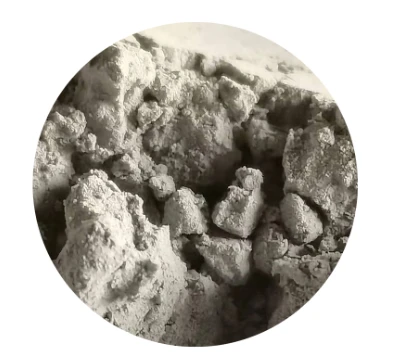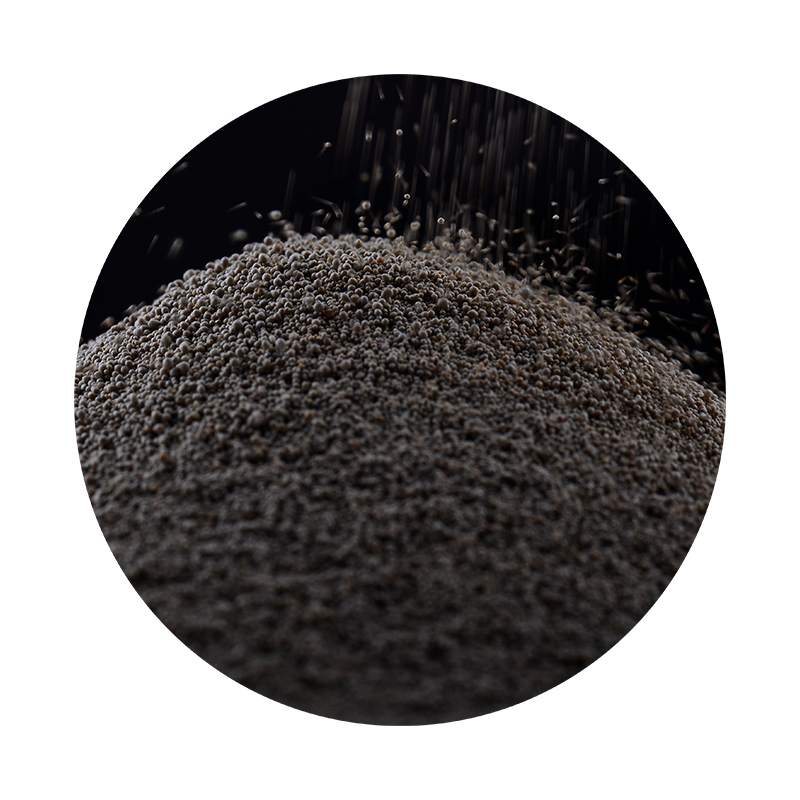

In addition to understanding mold and material factors, mastering the sand casting process involves an intricate knowledge of tooling and machining practices. Post-casting, parts typically undergo machining to reach the final tolerances required by specific applications. Skilled machinists and engineers employ advanced techniques like Computer Numerical Control (CNC) machining to carve out minute deviations, transforming roughly cast surfaces into precise, specification-compliant components. The subject of sand casting tolerances encompasses profound technical expertise—sharp metalworkers must routinely engage in collaborative problem-solving, leveraging both historical data and predictive modeling to optimize their practices continually. Magazines and research journals highlight how consistent evaluation and adaptation have allowed leading foundries to push tolerance boundaries, crafting components that are ever closer to theoretical perfection. Trust in a supplier's ability to meet specified tolerances builds over time, supported by rigorous quality assurance protocols. Modern foundries often employ non-destructive testing technologies like x-ray radiography and ultrasonic testing to verify internal and external dimensions without damaging the part. By ensuring every piece meets tight tolerance standards before it leaves the facility, suppliers solidify their reliability and foster long-term client relationships. Furthermore, companies seeking to enhance their market authority often participate in industry certifications and accreditations, such as ISO 9001 or IATF 16949. These certifications affirm a foundry's commitment to quality management systems that reliably achieve designated tolerances, boost client confidence, and position the company as a leader in the field. Regular audits and updates to these systems ensure ongoing adherence to global standards and the integration of new technologies that propel manufacturing capacities forward. Through obtained experience, comprehensive expertise, established authority, and demonstrable trustworthiness, sand casting providers not only meet the tolerance needs of today's industries but drive innovations that challenge the conventional limitations of metal casting. Customers partnering with such expert manufacturers benefit from reduced lead times, lower failure rates, and parts that fit seamlessly into assemblies—thereby enabling seamless operations from production to deployment in various applications across diverse sectors. Post time:פבר . 15, 2025 14:48
Next:sand casting technology
